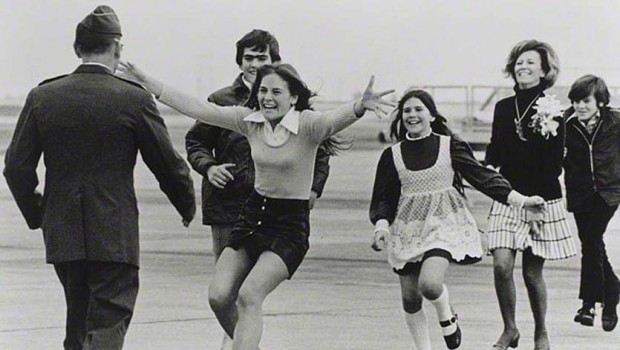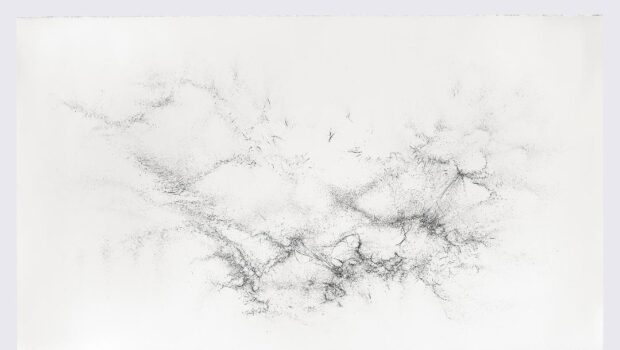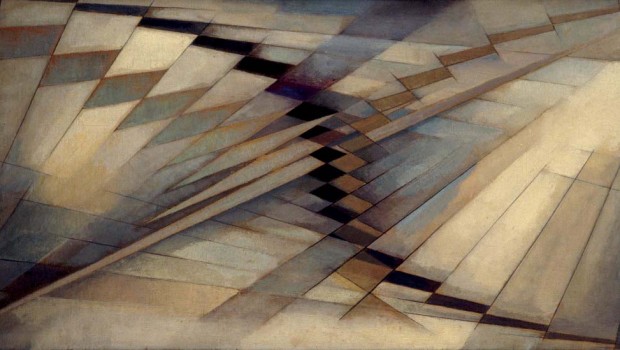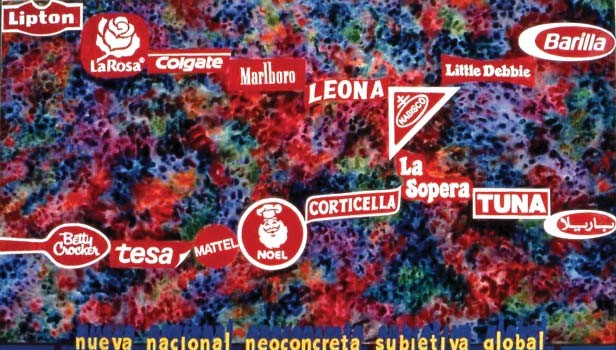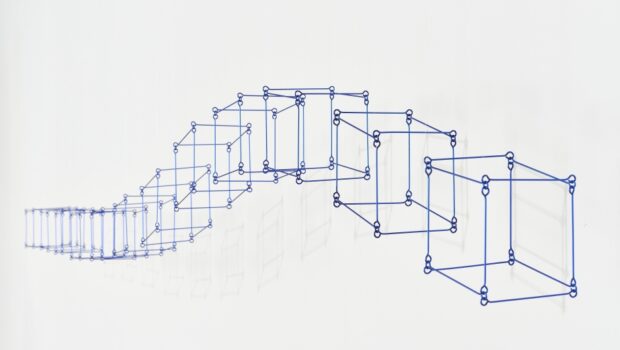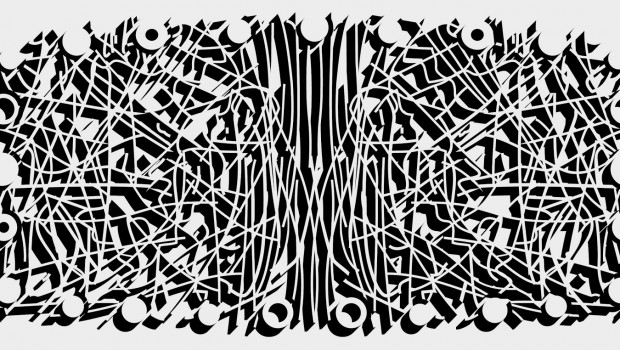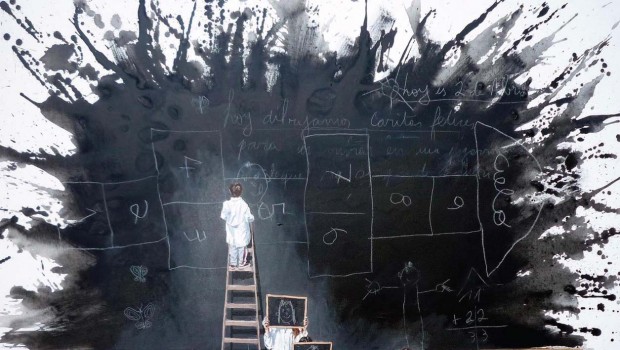War Photography
Fernando Castro
In memory of my friend Jay Colton, friend
to many of the photographers in this exhibit.
Arguably modern warfare began with the introduction into the battlefieldof automatic weapons like the machine gun, the technology of rifling that improved the accuracy of projectiles, ironclad warships like the USS Monitor, and other inventions of the 19th century. The main thrust of these developments was weaponry that made combat more impersonal, distant, anonymous, detached, and indifferent. In modern wars combatants often die without ever knowing who or even what hit them. Today’s drones have emerged as the quintessential weapon. While our optimism and enthusiasm for modern institutions and products has vastly diminished, the improvement of war technology remains on an resolute path of ever-increasing sophistication. Their deadly efficacy almost makes us yearn for the days of hand-to-hand or sword-sword combat as a more humane way of destroying another human being –as oxymoronic as it may be to say so.
By contrast, from its first involvements in the 19th century battlefields war photography became better the closer it got to the combatants and victims. Robert Capa (1913-1954), one of the most iconic war photographers once said, “If your photographs are not good enough, you are not close enough.” The statement has become a motto for photojournalists, especially those covering armed conflict. The exhibit War/Photography: Images of Armed Conflict and Its Aftermath pays tribute to the close encounters photojournalists often have to their subject matter, particularly when the latter is armed conflict. It is a closeness that is as revealing of the phenomenon of war as it is dangerous for the photographers.
Currently at the Annenberg Space for Photography in Los Angeles, War/Photography was nearly ten years in the making. According to Anne Tucker, curator of photography of the Museum of Fine Arts Houston, the exhibit was assembled by a curatorial team that included herself, Will Michels, and Natalie Zelt. In fact, she credits Michels for planting the seed of the exhibit following the museum’s acquisition of Joe Ro senthal’s Old Glory goes up on Mount Suribachi, Iwo Jima (1945). After looking at over a million images from 152 sources, the team agreed on 486 photographic images and objects dating from 1846 to 2012. Forged by the technology of lens crafting and the science of photosensitive chemistry, photography was the first modern visual medium.
It became involved with war from its very beginnings, though technically it was not quite ready to do so. Even so, and although nowadays we are much more skeptical about the medium’s veracity, the presumption of its truthfulness changed the way armed conflicts were experienced. Bringing these facts to the forefront makes this exhibit as much an account of modern wars as it is a historical reflection about the medium of photography.
Nineteenth-century photographers like Roger Fenton, Felice Beato, Mathew Brady, and Alexander Gardner practiced their craft in a radically different way than do contemporary photojournalists. Right after the official invention of photography (1839), photographic equipment was heavy, cumbersome, and slow. Nevertheless, at the time the public’s enthusiasm for the medium was enormous. In particular, stereo photographs that showed combat scenes of the American Civil War in three dimensions became extremely popular.
One of the earliest photographs of combatants in the exhibit is an 1847 daguerreotype by an anonymous photographer showing General John E. Wool and his staff on horseback in a captured town in northern Mexico. That campaign was part of the Mexican American War (1846-48) that ended with the ignominious Treaty of Guadalupe Hidalgo. Daguerreotypes were not only difficult to see, they also required very long exposures. So when this daguerreotype was shot, riders and horses had to remain perfectly still for a few seconds.
In this exhibit there are iconic war images by celebrated photographers and others on their way to that exalted status. One would guess that among the latter are Nina Berman’s Marine wedding, Ohio (2006) in which the groom, Tyler Ziegel, whose face was disfigured beyond recognition by a suicide bombing in the Iraq War is marrying his pretty high school sweetheart.
Often these perturbing albeit amazing photographs reveal not only the story of what they depict, but have a story of their own that the image does not always reveal. Eddie Adam’s Police Commander Nguyen Ngoc Loan killing Viet Cong operative Nguyen Van Lem (1968) won him the Pulitzer Prize and a World Press Photo award, but it haunted him for the rest of his life. Adams (1933-2004) claimed that he had never expected Commander Loan to summarily execute Nguyễn Văn Lém. The incident occurred amidst the brutality and confusion of the Tet Offensive launched by the Vietcong against South Vietnam in spite of a tacit ceasefire agreement for the Lunar New Year. Lém was suspected of having murdered one of Commander Loan’s senior officers and his entire family. The photograph vilified Loan and Adams always regretted that fact. He wrote, “The general killed the Viet Cong; I killed the general with my camera. Still photographs are the most powerful weapon in the world. People believe them; but photographs do lie, even without manipulation. They are only half-truths. …” Adams apologized to General Loan and his entire family for the damage his picture had caused them.
Photographs like Adam’s show how the interpretation of images changes across time, context and viewership. An innocent civilian killed during the Taliban offensive like in James Nachtwey’s Mourninga brother killed by a Taliban rocket, Afghanistan (1996), where a woman totally draped in a burka prays before a tombstone, is different from an Afghan civilian killed yesterday by a drone. Similarly, our attitudes towards Luc Delahaye’s Taliban (2001)–in which the dead combatant’s shoes have been stolen and his wallet pilfered, is different from a murdered Mujahideen during the Soviet occupation (1979-1989).
It may be trite to say so, but perusing the War/Photography exhibit is to remember and relive moments that affected us deeply. Freddy Alborta’s Bolivian army shows the body of Che Guevara to the press, Bolivia (1967) closed an era of idealistic thinking and exacerbated our paranoia of U.S. imperialism. John Filo’s Marg Ann Vecchio grieving over body of college student Jeffrey Glenn Miller shot by National Guardman during anti-war demonstration at Kent State University, Ohio (1970) made it evident that the government could actually shoot students for voicing opposition to an unjust war whose geopolitical domino rationale was more paranoid than our paranoia. Huynh Cong Nick Ut’s Children fleeing south Vietnamese Napalm strike near Trang Bang (1972) gave cruel shape to the mutually assured madness of the Cold War. Each one of these images has its own narrative of heroism, partiality, public impact, controversy, delivery, deception, circulation, and interpretation.
One of the most widely circulated anti-war images of the 1970s was one that appears in its original poster form in this exhibit. It is titled And Babies? (1969). It depicts victims of the My Lai massacre in which an estimated 400 civilians were assassinated by the “Charlie”Company of the U.S. Army in a South Vietnamese village. This atrocity involved not only killings, but also mutilations and rape. While the news of the massacre shocked public opinion worldwide, only Lieutenant William Calley, a platoon leader, was found guilty and convicted of killing twenty-two villagers. Although he was given a life sentence, he only served three and a half years under house arrest.
Throughout his trial Lieutenant Calley claimed in his defense that he had been merely following orders from his commanding officers. On the flip side, three American soldiers who had tried to stop the atrocities, were denounced as traitors by several U.S. Congressmen. They received anonymous hate mail and death threats. Only years later were these three soldiers decorated by the Army for their courage. The photograph of the My Lai victims was shot by U.S. combat photographer R. L. Haeberle; but the poster was produced by the Artists’ Poster Committee of the Art Workers Coalition. The poster added to the picture a question from Mike Wallace in a CBS News television interview and the answer from U.S. soldier Paul Meadlo, who participated in the massacre. At first, the poster was supposed to be a collaboration between the AWC and the Museum of Modern Art of New York. But when MoMA withdrew its support, the Artists Poster Committee decided to publish it on their own. Haeberle’s photo became one of the most powerful anti-war images of the 1970s. In a further act of defiance, copies of the poster were carried by members of the AWC into MoMA and were unfurled in front of Picasso’s painting Guernica – which at that time was still in New York.
In forging the philosophical parameters of the War/Photography exhibit, Anne Tucker stated that her team did “not hold back any punches,” meaning that all the images of war that needed to be included, were. One cannot really engage war photography without addressing the most salient element of armed conflict: namely, casualties. War casualties are unavoidably gruesome. Detractors of showing images of casualties object that images of victims of violence denigrate their humanity. Proponents argue that they reveal to us a dark side that it is better to know in order to avoid or prevent and that it would be deceptive to give the impression that war causes no deaths.
War photojournalism has become extremely fluid. Still-photography has merged with video; professional photographers share combat zones with amateurs photographing with cell phones; Twitter, Flickr, YouTube, and Facebook disseminate information faster than any institutional medium; images are embedded in highly moveable pixels, etc. Anne Tucker sums it up, “In the digital age, it is understood that photographs and other forms of information are malleable and are often disseminated to manipulate public opinion as much as to inform. A picture does not change, but how it is perceived changes. We “see” with our brains, and what we think we see is subject to the influence of our political, religious, cultural and personal beliefs and experiences. Often what we see depends on what we expected or sought to find.”
Posted: July 6, 2013 at 7:37 pm


